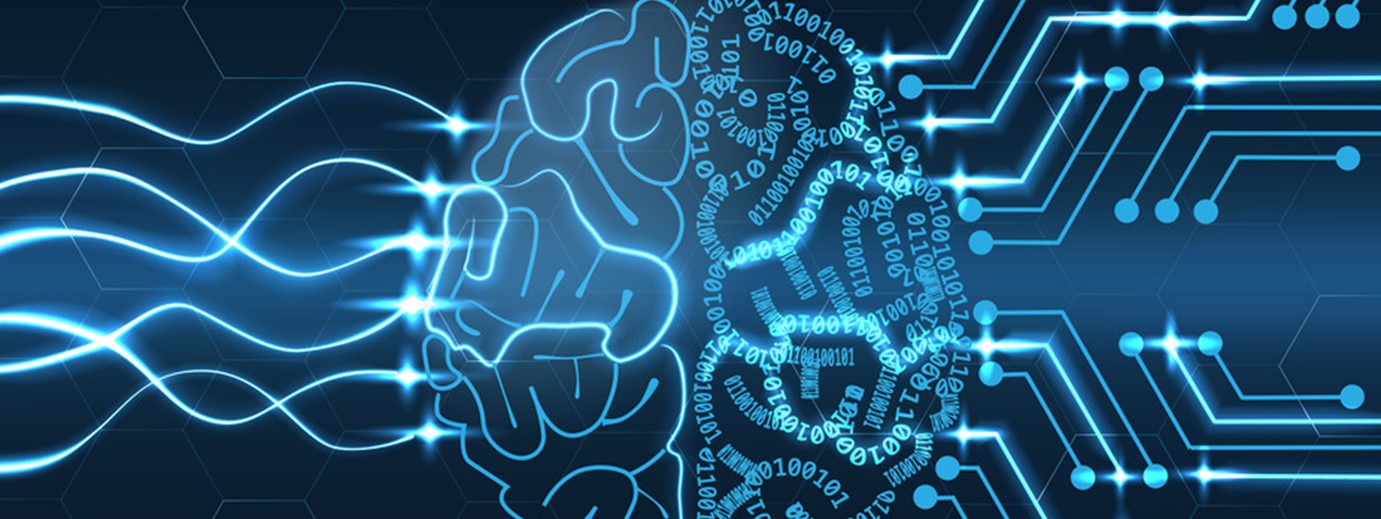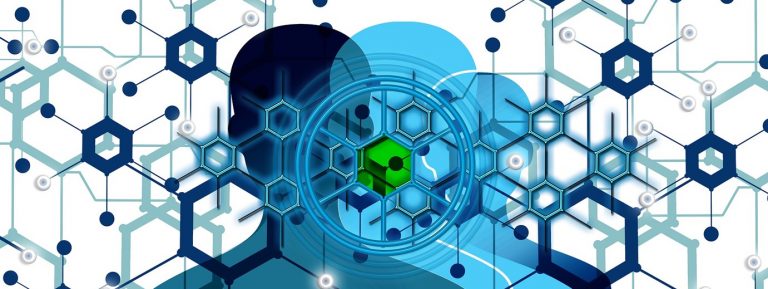With the overflow of content on social media and e-mail about the wonders of machine Learning & IoT, one can’t help but mull over what ML & IoT can really do to make life easier and make solutions smarter.
Even the Gartner’s 2016 hype cycle shows Machine Learning as a very realistic high potential possibility for the near future, with approximately 5-10 years to mainstream adoption.

Given all the hype around new & popular buzz words in this fast-paced, high-tech market, it can be difficult to cut through the hype and get to where the real value proposition lies.
In this blog, we will throw light on how Machine Learning Applications can add value in IoT World. If you are new to these Buzzwords, it would be good to first delve into the IoT and Machine Learning and then pick up the pace.
IoT Penetration and Market
IDC projects that the direct Internet of Things (IoT) market will grow to more than $1.7 trillion by 2020 with a compound annual growth rate (CAGR) of 16.9%.
The amazing variations in the number of connected devices are exploding, right from Smart Homes to Industrial Automation (or Industry 4.0 since we’re talking jargon), Intelligent Medical Devices to Wearable Technology around Sports, Health & Wellness. By considering the widespread penetration of IoT-enabled Devices, there will be a majority of spending on pertinent things namely device endpoints, infrastructure support services, connectivity, and IT support.
According to Moor Insights and Strategy (MI &S), the revenue pumped up by IoT devices is fragmented into 3 groups, each worth $500 billion of market:
- Endpoint devices will account for nearly 1/3rd of customer spend
- Remaining split accounts for purpose-built platforms, storage, networking and security
- Application software and all associated service offerings that will be required
Marching on the path of Innovation-led growth, a host of industry tycoons, technopreneurs, and business magnates have already wet their feet while looking up a sea of opportunities in the IoT Milieu. In the coming times, we can expect to see IoT everywhere. And, when we say everywhere, it means every space that touches human lives.
Generally, IoT is broadly classified into two main categories: Sensors – which gather data (Temperature, Environmental Conditions, Operational scenarios) and Dynamic devices that will act (e.g. alarms, door locks, valve actuators). By 2020, we are going to see massive volumes of data being generated through IoT-enabled devices at a crackling pace. Generating Intelligence from these streams of data – the real value proposition – becomes the need of the Hour. Automation & Intelligence giving rise to Technologies like Machine Learning.
So, How Machine Learning Seems Valuable in the IoT Realm?
IoT Connected devices, leveraging sensory capabilities, will keep on generating a tremendous amount of data through endpoints or customer interfaces. Therefore, decisions on which data to store, ignore and what to send to the cloud servers will gain huge importance. Most of the dynamic devices–capable of taking actions–severed the connection between the device and the cloud/centralized authority due to the excessive load and lack of tolerance capacity. To overcome this scenario, their decisions must be made swiftly on the basis of local information and knowledge available.
Most IoT endpoints will be confined to size, cost, and power consumption requirements. To operate smoothly, they require compatible computing either in embedded form or in the gateway. These gateways will help in making behavioral decisions by bridging the gap between local device communication domains and higher-level network domains.
In the long-term, when industry starts to mature, these gateways will take up the additional task of data exchange between intended devices and ensuring that the information remains intact. This eventually impacts the network traffic patterns as more device to end-point traffic emerges and more M2M communication surfaces. This is where Machine Learning comes into the picture with the ability to vary the outcomes of a situation or behavior based on prior experiences (knowledge) or observations. Ostensibly, the information comes in a variety of ways and doesn’t need to be local. Put simply, the data that has been labeled at a given location can be exported and used in other locations.
You can also check How Machine Learning is Transforming Healthcare Industry
Machine Learning Applications in IoT
Cost Saving in the Industrial Setting: Machine Learning based predictive maintenance proves extremely useful in saving equipment from breakdown. By drawing data from the sensory endpoints in or on the heavy equipment, Machine Learning algorithms can learn (create intelligence) using existing data sets and apply this intelligence on to newly collected data to generate triggers, alerts or take any other desired action basis certain patterns or irregularities. The bigger the data set the smarter the system becomes.
Epitomized Recommendations: You probably have seen how Amazon, Youtube, HotStar provide us relevant recommendations based on our personal choice. So, IoT & Machine Learning can be extremely essential in creating very sharpened & personalized experiences for customers.
Bottom line:
In the foreseeable future, the billions of devices with connected attributes will explode massive amounts of data. These colossal volumes will drive improvements in Machine Learning, offering limitless opportunities for us to tap benefits from Predicting Machine Failure to Pre-emptive & Real-Time Crime Detection Alerts, using Vital Signs & patterns to predict disease outbreaks.
Machine Learning coupled with IoT can be applied across segments in more ways that we can even imagine, creating a Smart, Cognitive, Connected World of the Future.



